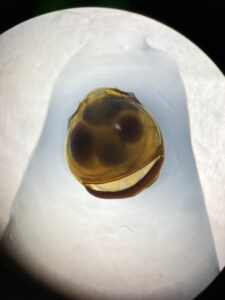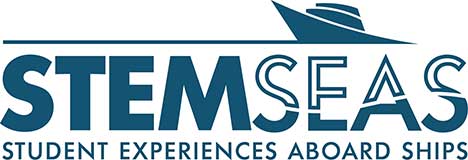Today I awoke at 0700 on the dot, eager for another day aboard the R/V Sikuliaq. I had my breakfast and coffee and spent my morning sitting on the bow enjoying the calm waters of the Pacific Ocean. After lunch at 1300 we had an introductory lecture on the XBT (Expendable Bathythermograph), a single use probe that is used to measure the temperature over time in order to calibrate the hydrograph sensors on board. This is important because to understand the speed of sound through water, you need to know the temperature and salinity, and this probe will give you an accurate reading quickly. We reflected on the pros and cons of the waste generated by this device, which can be used hundreds of times during a research cruise, against the importance of the measurements it provides.


At 1800 after sunset, we conducted a ring net trawl, using a plankton net with 200-micron mesh net to capture diel vertical migration of microorganisms in action. Microscopes on board allowed us to identify the various kinds of planktonic and nektonic species that we caught during the trawl. Under the microscope I identified various planktonic foraminifera as well as fish in various life stages. It was fascinating seeing this concept in action, and I gained a greater comprehension of the largest migration on Earth by biomass through this trawl.


